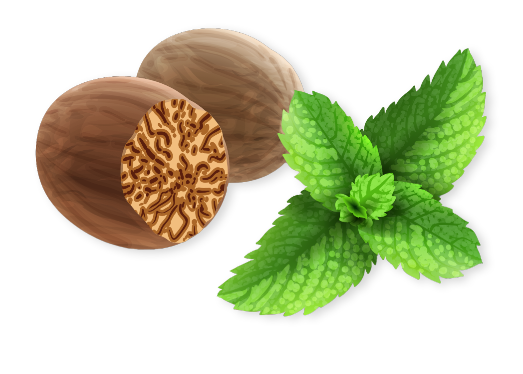Frozen Shoulder vs. Shoulder Impingement
Tuesday November 28, 2023Shoulder pain can stem from various conditions, with frozen shoulder and shoulder impingement being two common culprits. Though they share some symptoms, these conditions are distinct in their causes, symptoms, and treatment approaches. This article delves into the differences between frozen shoulder and shoulder impingement to help you understand and distinguish between these two conditions.
Understanding Frozen Shoulder
Frozen shoulder, also known as adhesive capsulitis, is characterized by pain and stiffness in the shoulder joint.
Key Features:
- Symptoms: Gradual onset of pain and stiffness, leading to decreased range of motion.
- Causes: Often idiopathic, but can be linked to immobility or trauma.
- Progression: Divided into three stages – freezing, frozen, and thawing.
- Risk Factors: More common in individuals over 40, particularly women, and those with diabetes or thyroid disorders.
Understanding Shoulder Impingement
Shoulder impingement syndrome involves the compression of the rotator cuff tendons in the shoulder.
Key Features:
- Symptoms: Shoulder pain that worsens with overhead activities, weakness in the arm.
- Causes: Repetitive overhead activity, bone spurs, inflammation of tendons.
- Mechanism: Impingement of tendons or bursa between the shoulder bones.
- Risk Factors: Athletes, manual laborers, and individuals over 50 are more susceptible.
Comparing Frozen Shoulder and Shoulder Impingement
While frozen shoulder and shoulder impingement can both cause shoulder pain and limited movement, they have distinct characteristics.
| Feature | Frozen Shoulder | Shoulder Impingement |
| Pain Pattern | Dull, aching pain, often constant | Sharp pain, especially with movement |
| Onset | Gradual | Can be sudden or gradual |
| Range of Motion | Significantly limited in all directions | Mainly limited in overhead movement |
| Duration | Long (months to years) | Varies, often shorter |
| Treatment | Physical therapy, pain management, patience | Rest, physical therapy, surgery (in some cases) |
Symptoms and Diagnosis
- Frozen Shoulder: The hallmark symptom is a limited range of motion in all directions. Diagnosis is typically clinical, based on symptoms and physical examination.
- Shoulder Impingement: Pain is more specific to certain movements, like lifting the arm overhead. Diagnosis may involve imaging tests like an MRI or X-ray.
Treatment Approaches
- Frozen Shoulder: Emphasizes physical therapy with gradual stretching and strengthening exercises. Pain management is also crucial.
- Shoulder Impingement: Initial treatment includes rest, ice, and anti-inflammatory medications. Physical therapy focuses on exercises to strengthen the shoulder and improve posture. In severe cases, surgery might be necessary.
Preventive Measures
- Frozen Shoulder: Maintaining shoulder mobility through regular exercise, especially after an injury or surgery.
- Shoulder Impingement: Avoiding repetitive overhead activities, maintaining good posture, and doing exercises to strengthen the shoulder.
Ayurvedic Perspective
In Ayurveda, joint health is maintained through a balance of the body’s doshas (vital energies). Practices like yoga and massage can help improve joint mobility and reduce pain, which may be beneficial for both conditions, though Ayurveda doesn’t specifically differentiate between frozen shoulder and shoulder impingement.
Understanding the differences between frozen shoulder and shoulder impingement is crucial for effective treatment. Both conditions require a tailored approach to management, emphasizing the importance of accurate diagnosis and appropriate therapy.
You can write to us.
BOOK APPOINTMENT


























